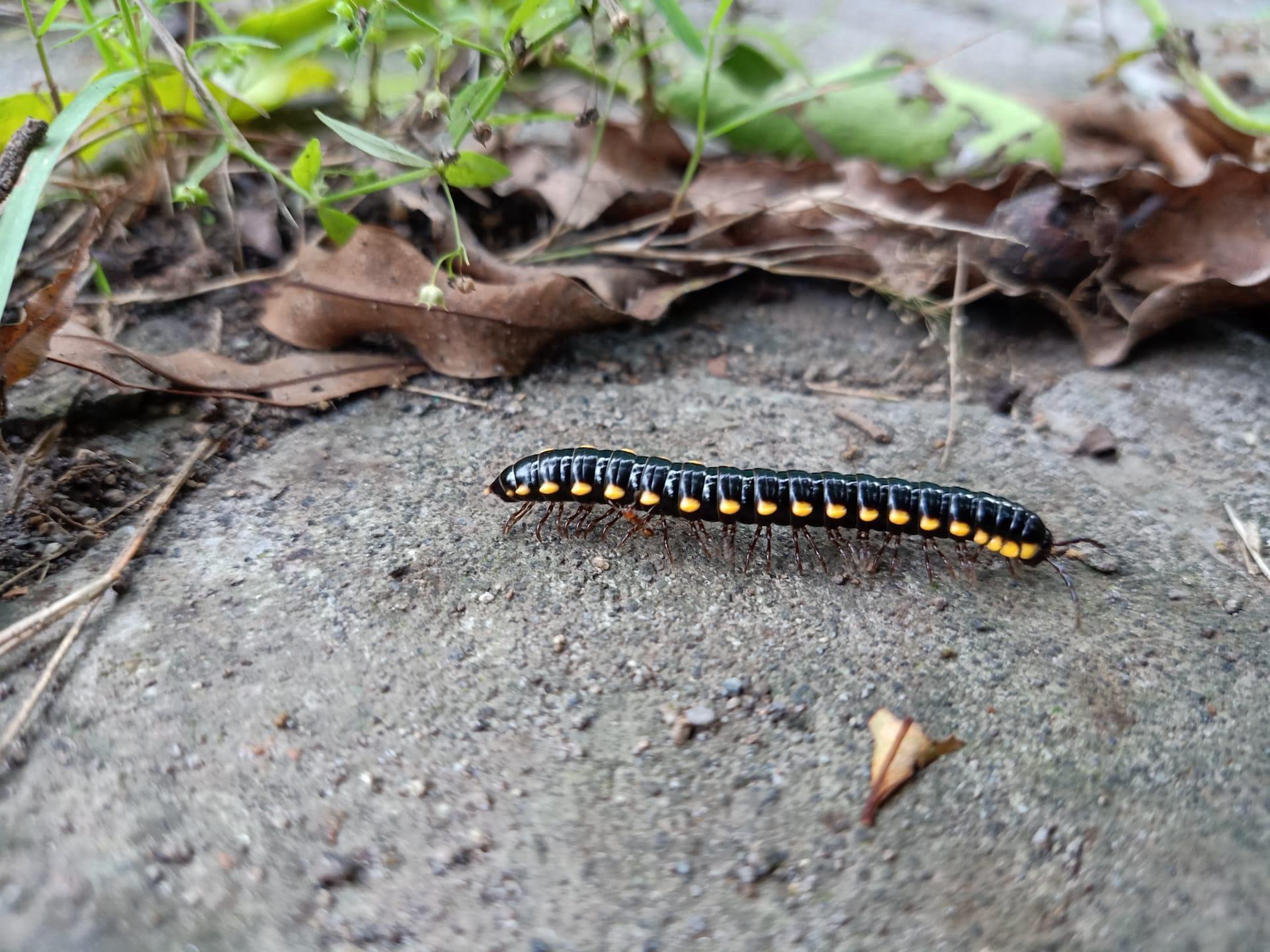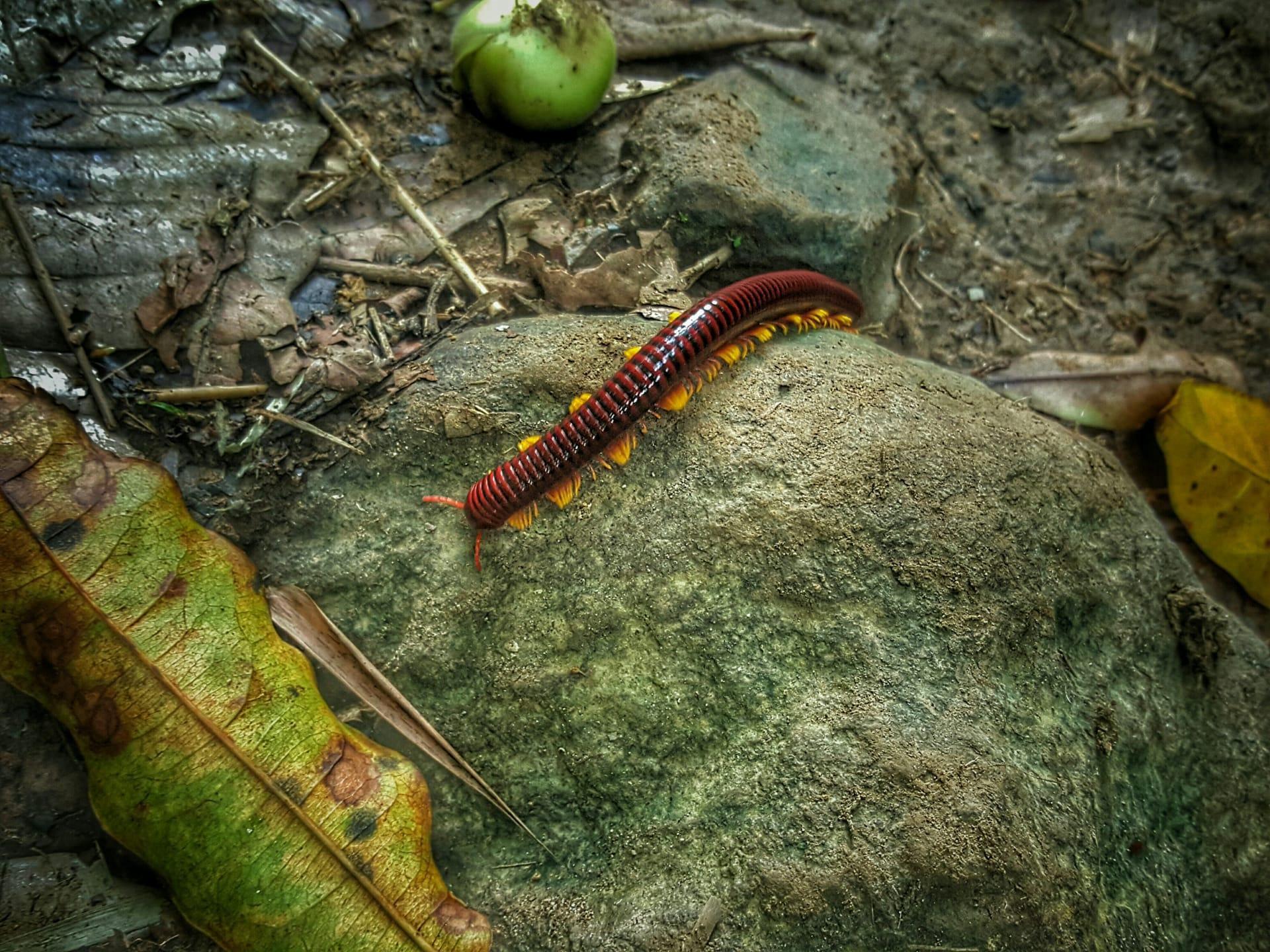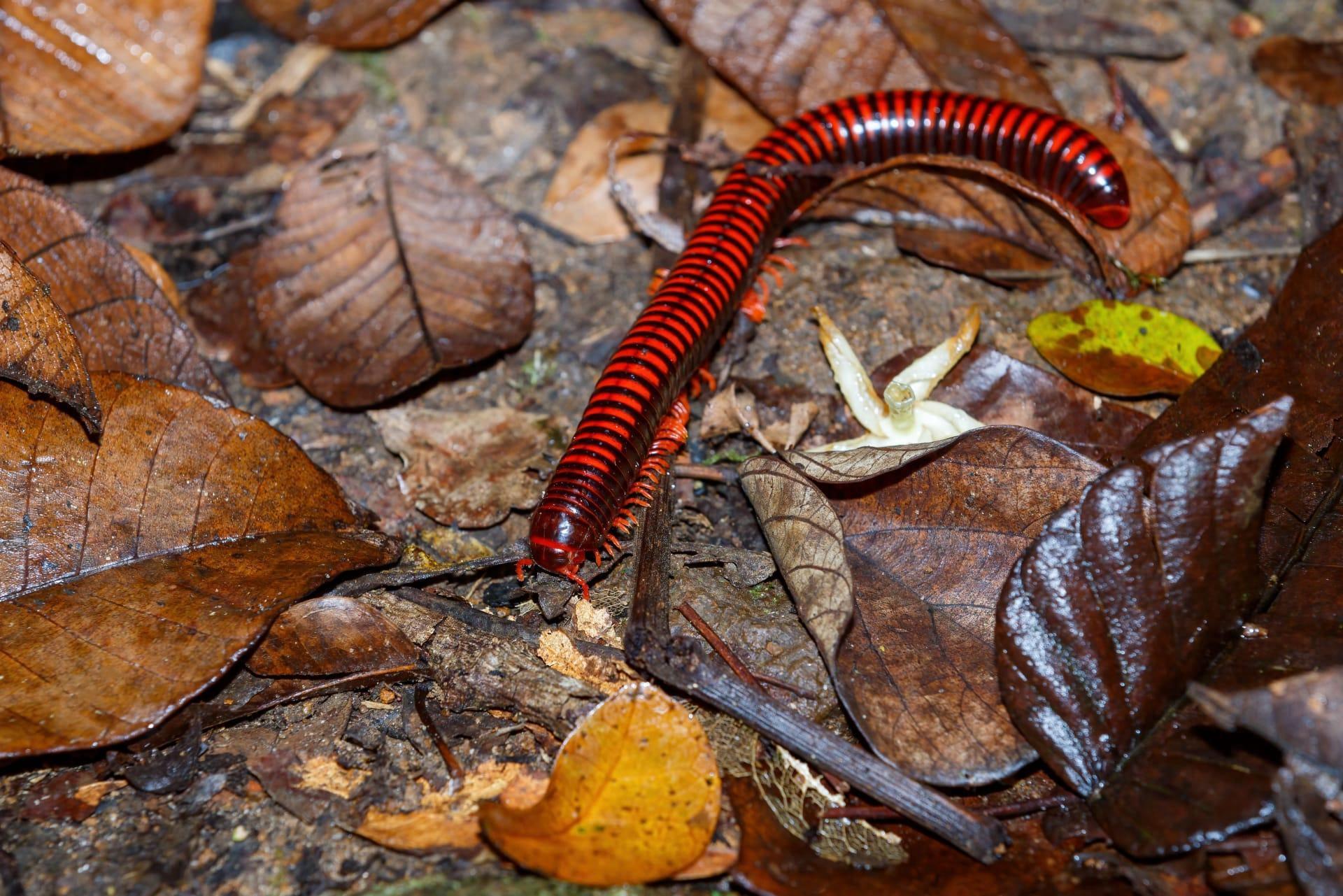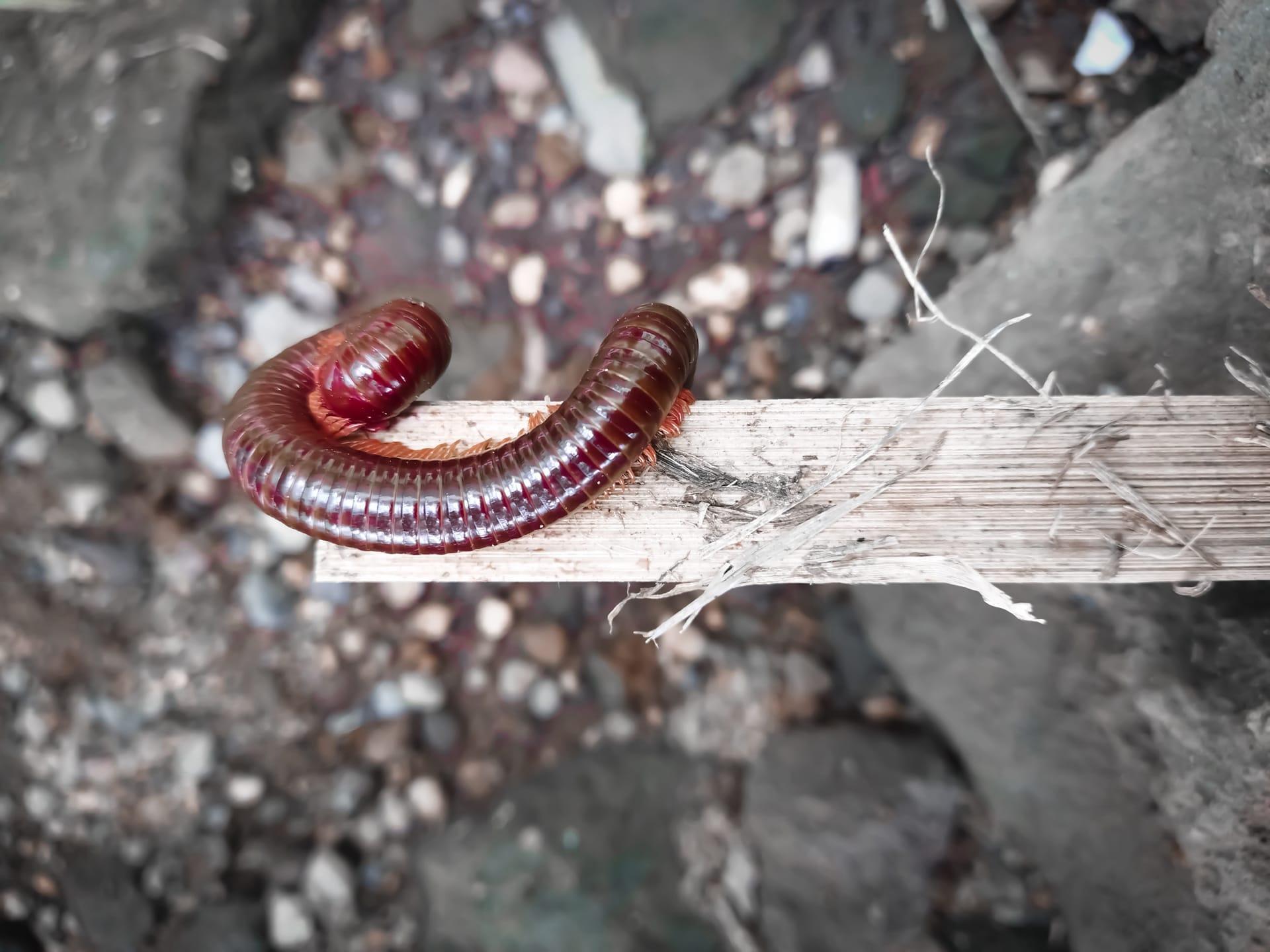1
Centipedes are renowned for their numerous legs, but the actual number varies widely among species. Surprisingly, no centipede has exactly 100 legs. Typically, they have between 15 and 177 pairs of legs. The number of leg pairs is always odd, which means a centipede could have 30, 32, or 54 legs, but never 100.
The speed of centipedes is another fascinating aspect. They are among the fastest invertebrates on land. Some species can reach speeds of up to 0.4 meters per second. This speed, combined with their venomous bite, makes them proficient hunters, capable of catching prey like insects and spiders with remarkable efficiency.

2
Centipedes have a unique defense mechanism: they can detach their legs to escape from predators. This process, known as autotomy, allows them to leave a leg behind if it gets caught. The detached leg can continue to twitch for a while, distracting the predator and allowing the centipede to escape. The lost leg can eventually regrow, a process that demonstrates their remarkable regenerative abilities.
Another interesting fact about centipedes is their lifespan. While most insects and arachnids have short lifespans, centipedes can live an exceptionally long time for their size. Some species can live up to 6 years, which is quite long compared to other small invertebrates. This longevity is partly due to their efficient hunting skills and ability to adapt to various environments.

3
Centipedes have a complex and highly effective venom delivery system. Each of their first pair of legs has been modified into venomous claws called forcipules. These specialized limbs are unique to centipedes and are used to inject venom into their prey. The venom composition varies among species and is a cocktail of proteins and other molecules, effective in quickly immobilizing prey.
Interestingly, centipedes are nocturnal creatures. They prefer to hunt and move around in the darkness of night. This nocturnal behavior helps them avoid many predators and increases their efficiency as hunters. Their bodies are also well adapted to sensing vibrations and changes in air pressure, helping them navigate and locate prey in the dark.

4
Centipedes breathe through a system of tracheal tubes, a common feature in many arthropods. This system consists of tiny holes called spiracles along the sides of their bodies. Air enters these spiracles and is transported directly to the tissues through a network of tubes. This respiratory system is efficient but also makes centipedes prone to dehydration, which is why they often inhabit moist environments.
Centipedes are also known for their parental care, which is uncommon among arthropods. Female centipedes of some species guard their eggs, coiling around them and grooming them to protect against fungi. This maternal behavior ensures a higher survival rate for the offspring, an unusual trait in the insect world, where many species never meet their parents.

5
The diet of centipedes is quite varied and includes a range of arthropods and small vertebrates. Larger centipedes can even prey on small mammals and reptiles. Their diet helps control populations of other invertebrates, making them important in the ecological balance of their habitats. They are opportunistic predators, eating almost anything they can overpower.
Centipedes also exhibit a fascinating behavior called 'ballooning.' Young centipedes, particularly those of small species, can release silk threads from their bodies to catch the wind and transport them to new locations. This behavior allows for the dispersal of young centipedes across relatively large distances, aiding in the colonization of new areas and the avoidance of inbreeding.